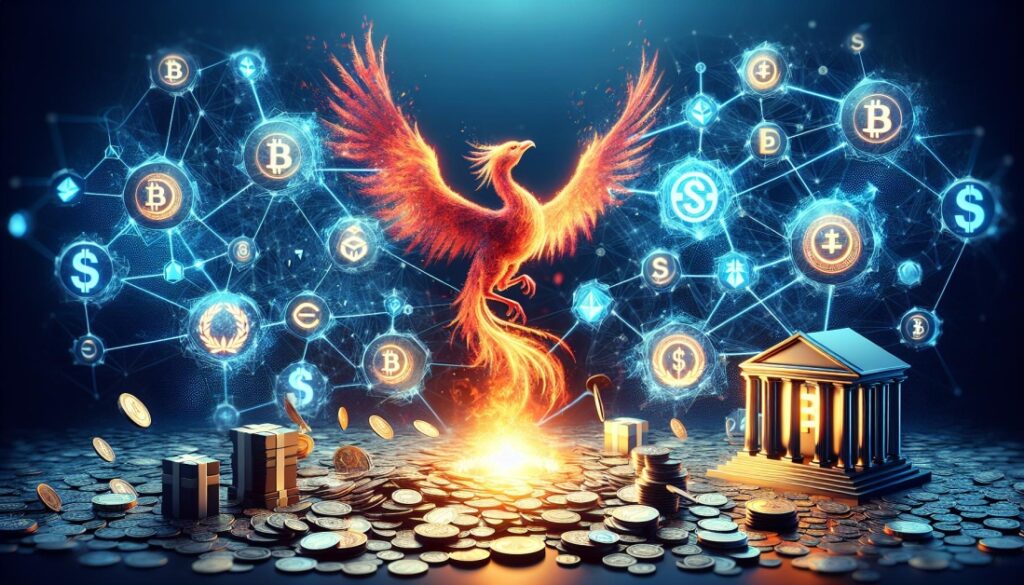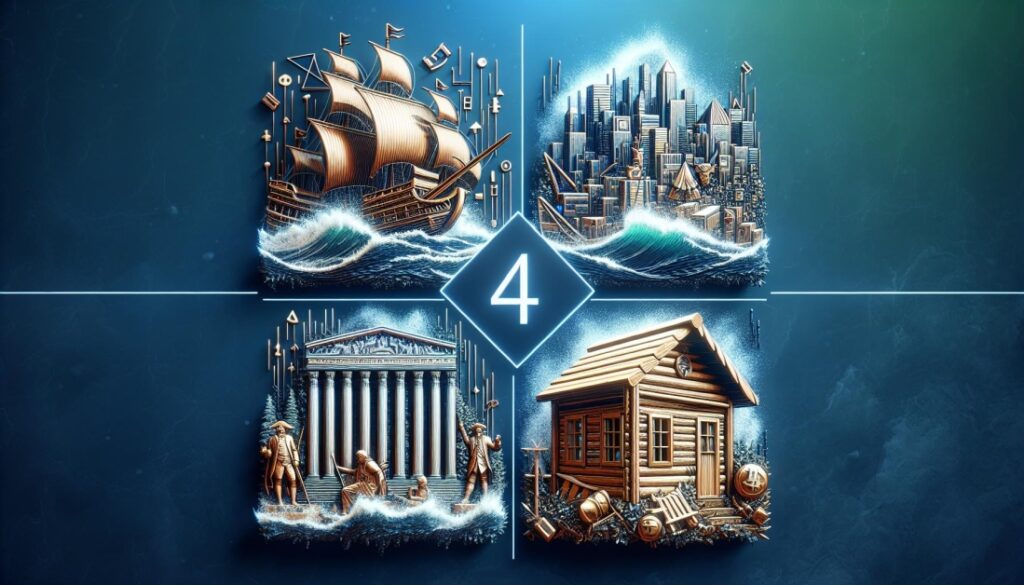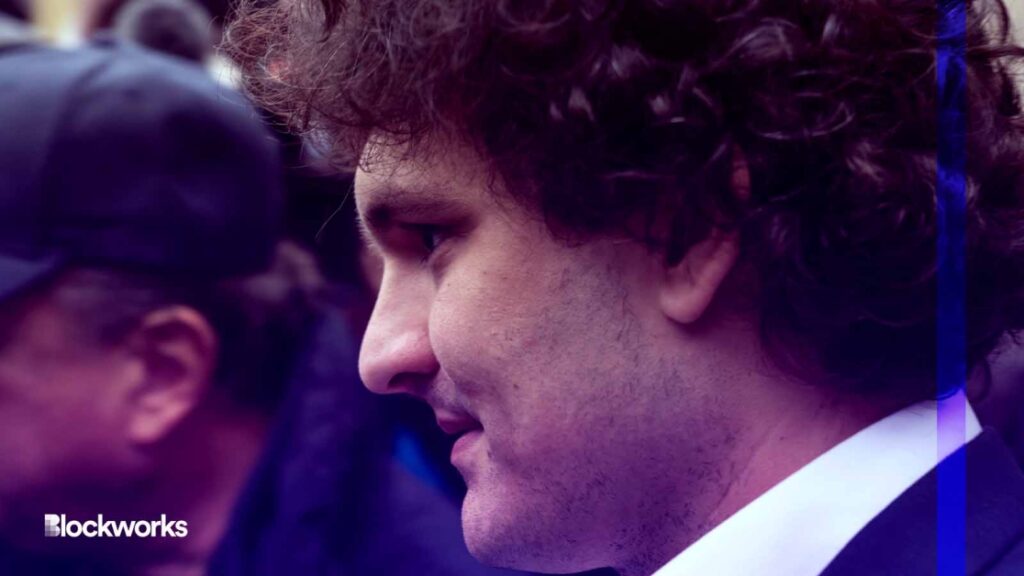DeFi Is Not Dead

In the last few days I have seen several articles about the death of Decentralized Finance (DeFi).
The recent troubles in DeFi were caused by a crypto founder and an exploit. This crypto founder is also a terrible risk manager. Shortly thereafter, the founder of Curve Finance, a well-known automated marketplace (AMM), lent almost half of the protocol’s tokens to some DeFi lending institutions and lost almost everything after an unexpected but predictable DeFi exploit devalued the CRV.
Adam Blumberg, certified financial planner and co-founder of Interaxis (a company that aims to bridge the gap between traditional finance and digital assets), is also the lead educator. He is also an employee of AskFX.
Daniel Kuhn wrote a wonderful commentary for AskFX claiming that DeFi is “dead inside.” JPMorgan’s report argued that the entire sector is in “shrinkage mode” or “standstill mode.”
DeFi is not dead, nor is the industry shrinking.
DeFi as we knew it in the summer of 2020 has certainly died and for that I am grateful. There has been too much talk about yield, bribery and liquidity. DeFi Summer was propelled by “yield farming” and eventually calmed down. A few decentralized platforms became market leaders, many of which adopted professional “white glove” services to expand.
The sector is not perfect. Daniel also noted that we have concentrated too much power in too few hands. It sounds too familiar to me.
DeFi is a technology that has been financialized to the extreme. It’s not ideal for programmers to pose as financiers.
We must not forget that we are still testing the technology. We don’t know how to use the technology. There will be mistakes.
In recent years we have built robust systems that do not operate within the confines of traditional banks or corporations. The system is so secure that financial and corporate giants like Mastercard, Visa and Coca Cola are investing money and resources to maximize its efficiency.
DeFi will continue to be a challenge. DeFi will continue to grow, which makes it even more difficult.
DeFi’s early explorations and experiments show that it can evolve into a professional company and its market growth does not need to be driven by FOMO.
While many dream of full decentralization of all financial systems, this is unlikely to happen…at least not in our lifetime. The most difficult thing to determine was the balance of power between the code running standalone and the people creating it.
Curve is just an example: You can’t take the human out of humans. But that’s
With DAO Summer 2021 we have continued down the path of decentralization. Anyone could join an autonomous decentralized organization via a Discord connection, work for newly minted tokens and have a voice in the organization. The founders and investors will vote until they decide otherwise. Then we are back to the corporate hierarchy.
It’s not meant to be negative, but rather to show that it works, even if it doesn’t seem like it sometimes. DeFi will continue to be a challenge. DeFi will continue to grow, but it will only get harder as the real world catches up to DeFi and those not motivated enough to delve into the crypto rabbit hole.
On the one hand there are those who want to keep the current economic, financial and corporate system where the Federal Reserve controls the money supply and the banks control it and the government dictates what we can and can’t invest in . The big public companies control our data in this system. We have little power to change it.
The Degens are traders, protocol designers and developers who want to vote on all things based on the number of tokens and rule the world with money generated by computer code.
We’ll probably end up somewhere in between.
The real estate market, public and private companies, and debt securities still contain trillions of dollars to track, trade, and borrow. These will not stay in the chain overnight. But the world is heading there.
DeFi is poised to lend, provide liquidity and ensure transparency as more assets are tokenized on the blockchain. Curve CEO Michael Egorov has borrowed money in line with the system. The world found out about his toxic debt because everything was in the chain. He was even called out by many people. Such dangers in the financial sector are known nowhere else.
The success of DeFi technology and the DeFi ecosystem has shifted the pendulum. DeFi’s transparency, efficiency and disintermediation could lead to it becoming the standard across the financial system. Unless banks innovate in lending, borrowing and insurance that offer more opportunities for participation, they will be left out of competition.
Although the experiments are not perfect, they are experiments. The Curve situation may be troubling, but the move towards decentralization will allow the market to function. Let protocols, teams and systems drive change.
DeFi neither died nor ceased to exist. It’s just coming to light.


![Curve [CRV] Crashes 23% in Just 24 Hours Amid Founder’s Debt Crisis](https://media.askfx.com/assets/47552-curve-crv-crashes-23-in-just-24-hours-amid-founders-debt-crisis-1024x585.jpg)


